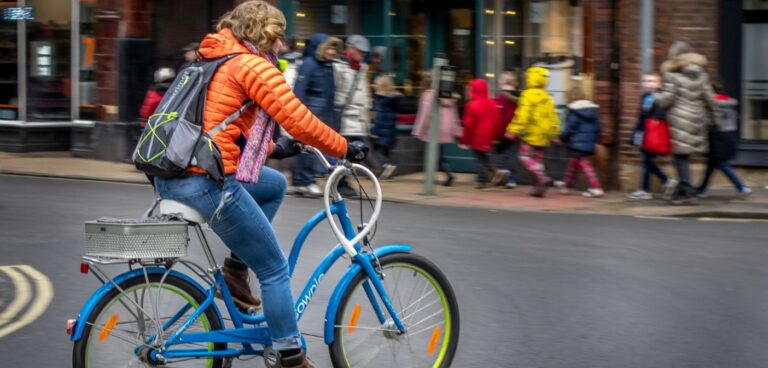Active Travel England (ATE) has announced a new £200m fund, to which local authorities can apply to secure investments for active travel infrastructure.
The fund has been established to improve walking, wheeling and cycling infrastructure across England, with the central government hoping to improve access to affordable travel options and encourage healthier transport choices.
In January 2023, the UK government committed £33m to improving local authorities’ knowledge and understanding of active travel schemes.
Some of the key targets of the initiative include creating more paths in rural areas, developing safer routes for children walking to school and improving the safety of junctions for those walking and cycling. The government aims to enable 55% of all primary school children to walk to school by 2025.
Mark Harper, transport secretary, said: “This £200m investment for hundreds of upgraded routes and paths across the country will help to reduce emissions, boost local economies and create jobs.
“These new schemes will make it safer for children to walk to school and will better connect rural communities, helping more people choose active travel as an affordable and healthy way to get around.”
Improving the inclusivity of street designs will also be a focus of the scheme, with local authorities being encouraged to use the money to support people who use wheelchairs and mobility scooters.
To ensure new infrastructure is compatible with the needs of local communities, the projects will be designed through a consultation process, with successful applicants to be announced later this year.
What’s more, the government has released guidance to help local authorities develop schemes that are designed to a certain standard.
Chris Boardman, active travel commissioner, said: “Active travel is convenient, cheap, low carbon and health-giving.
“It’s a choice we need to make sure everyone has.
“Sometimes it only takes relatively small changes, such as crossings on school routes or convenient places to park a bike, to give us the option to walk, wheel or ride.”
With studies showing that half of women feel unsafe walking after dark via quiet streets near their home, the government has said that councils will also need to show consideration of women’s safety needs.





